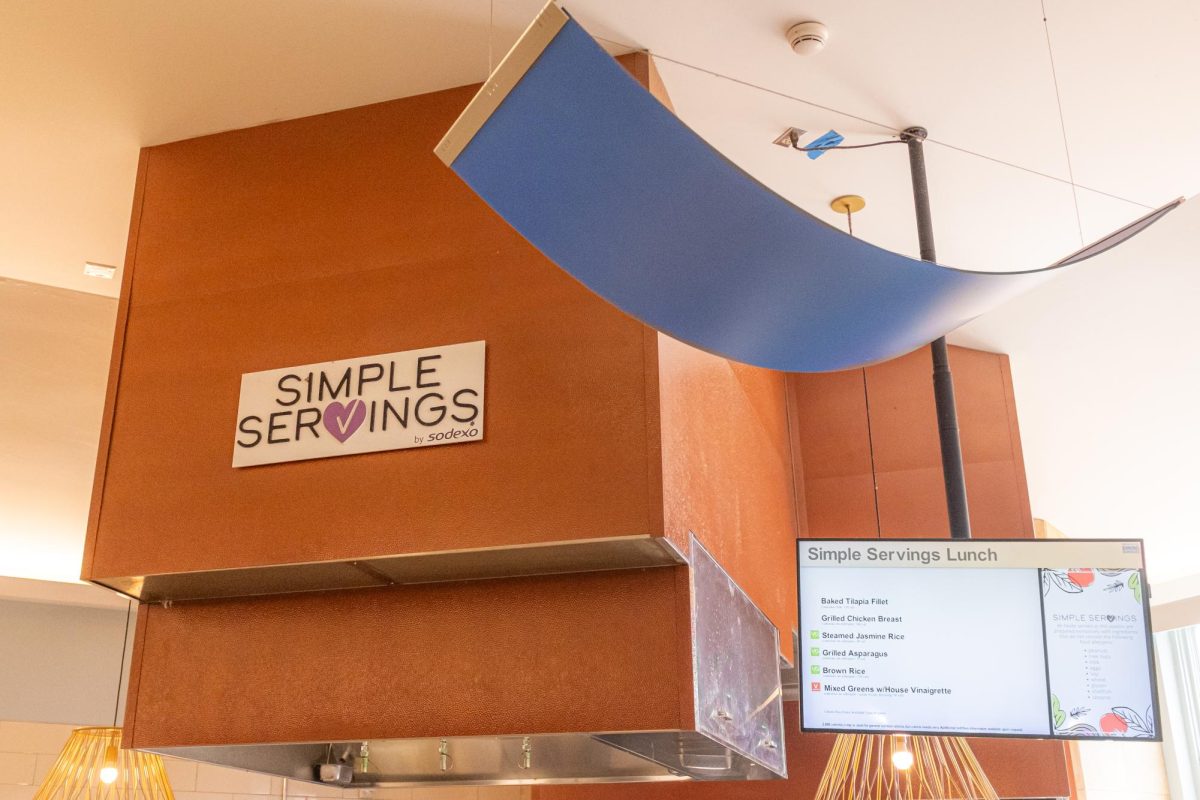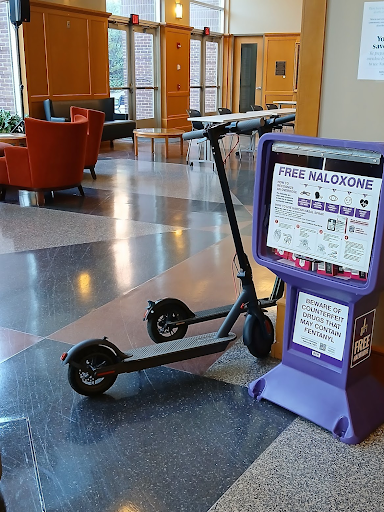For Katie Purcell ‘27, a student with a gluten intolerance, dining on campus isn’t just about choosing what sounds good – it’s about finding things that she can safely eat.
“I’ve personally struggled a lot to find foods I can and want to eat,” Purcell said.
With limited gluten-free options, cross-contamination risks, and a lack of variety, students like Purcell feel like they are left to fend for themselves.
For Purcell, breakfast isn’t an option, as Simple Servings, the only allergen-friendly station, remains closed until 10:30 a.m.. On top of that, the designated gluten-free selection is stocked inconsistently and sometimes with unpalatable items.
“The donuts are almost always stale,” Purcell said. “Plus, it’s unsanitary to have them open with everyone touching them.”
Even if Moravian had more options for safe consumption, the price of meal plans in general is high, ranging from hundreds to thousands of dollars, and students who live on campus are heavily encouraged to purchase one. Students on South campus don’t even have the luxury of a permanent allergen-free option. Simple Servings is an option exclusive to The Star on North campus, and students would otherwise have to ask the chef in Clewell Dining Hall to make them a meal without allergens.
The Moravian dining website offers a disclaimer about the food prep, stating “All products from our catalogue may contain or be prepared with equipment that is also used to prepare products containing wheat, soy, milk, eggs, peanuts, tree nuts, fish, shellfish and gluten. Please contact us before ordering if you have any questions about any of our selections.”
This means that students without a reliable system in place to ensure food safety may be vulnerable to health complications. As a result, Purcell is forced to search for alternatives to the meals offered on campus, an expensive and frustrating undertaking.
Purcell is not the only person this impacts. Many students with dietary restrictions, including gluten-free, allergies, religious strictures, and more, are left floundering when it comes to finding a suitable meal away from home. The search for safe and nutritious options on campus quickly becomes a struggle. Students with dietary restrictions face food safety risks, an issue Moravian has only recently begun to focus on.
“We used to not have allergen alerts until this year,” Olivia Sheldon ‘25 said. “I’m a senior, but I couldn’t specify my dietary needs beforehand.”

In an attempt to cater to students with dietary restrictions, Moravian recently introduced the EveryDay App, which allows students to view the dining hall menus and check for the presence of allergens in meals. More specific dining services require direct communication with Disability Aid Director Tracy Urban.
Cross-contamination can be an issue in campus dining halls anywhere. One student at Yale University, Maria Bambrick-Santoyo, for example, acknowledged to The New York Times that there were only six days of the semester when she wasn’t made sick by food in the dining hall. This was due to students mixing up serving spoons in allergy-free areas. Moravian has communal silverware stations and allergen-free areas, but traces of allergens could pass from utensils to meals that normally wouldn’t have it.
“When you are preparing food at such a large scale,” Bambrick-Santoyo said, “it would be unreasonable for me to expect them to do more than what they were already doing, which was wiping down counters, cleaning new pots and pans, separating the ingredients.”
The risk of cross-contamination popping up can be difficult when it comes to finding safe dining options, even when schools try to implement allergen-friendly measures.
If you happen to have any questions about dietary concerns on campus, you should reach out to Campus Dietitian Susan Hurd. She is on campus once or twice per week and can be reached by email at [email protected].















Grace Calandra • Mar 29, 2025 at 8:50 pm
The BnG has given me food poisoning twice. First it was the sushi, which left me and a classmate who bought sushi the same day rolling in pain for a full night. Then it was Garbanzo’s, which gave me similar results until I finally vomited it back out at midnight. Beyond those severe cases the burgers from the grill have left me nauseous for hours, on at least one occasion the meat in a salad cracked between my teeth, and, less severely but no less upsettingly, I once received a burrito in which the ingredients had been laid out perpendicularly.